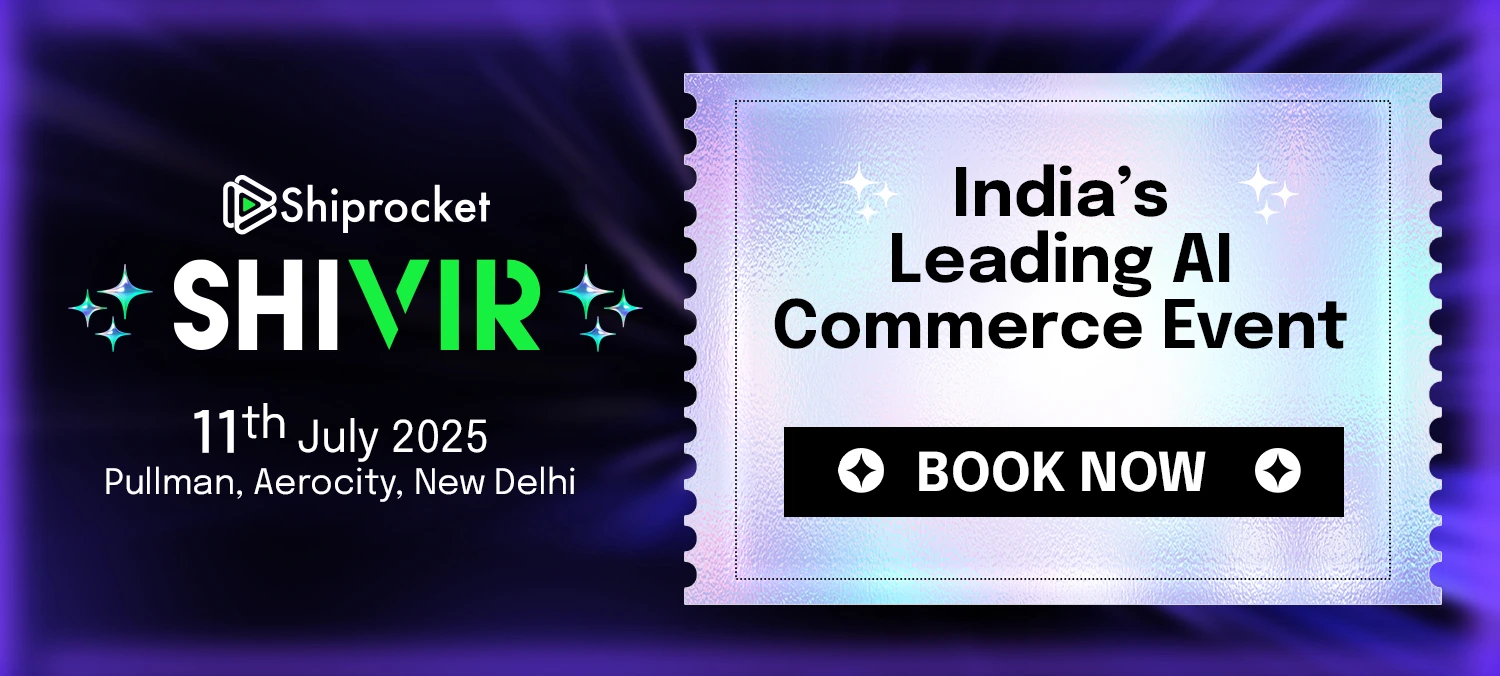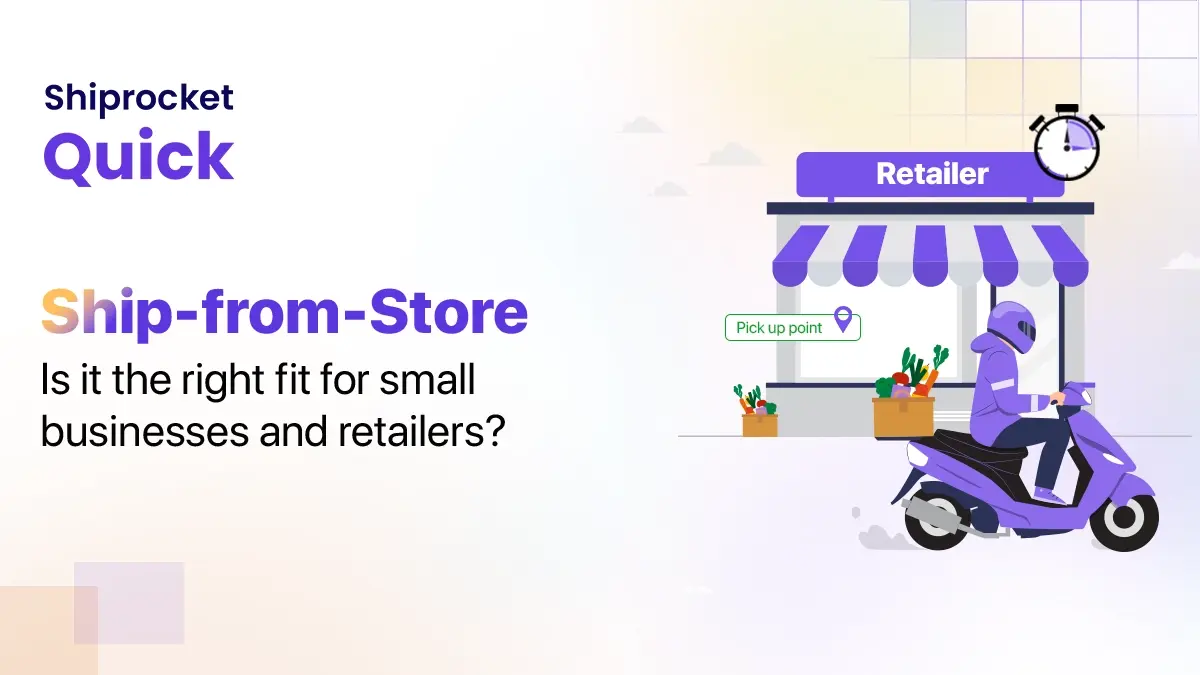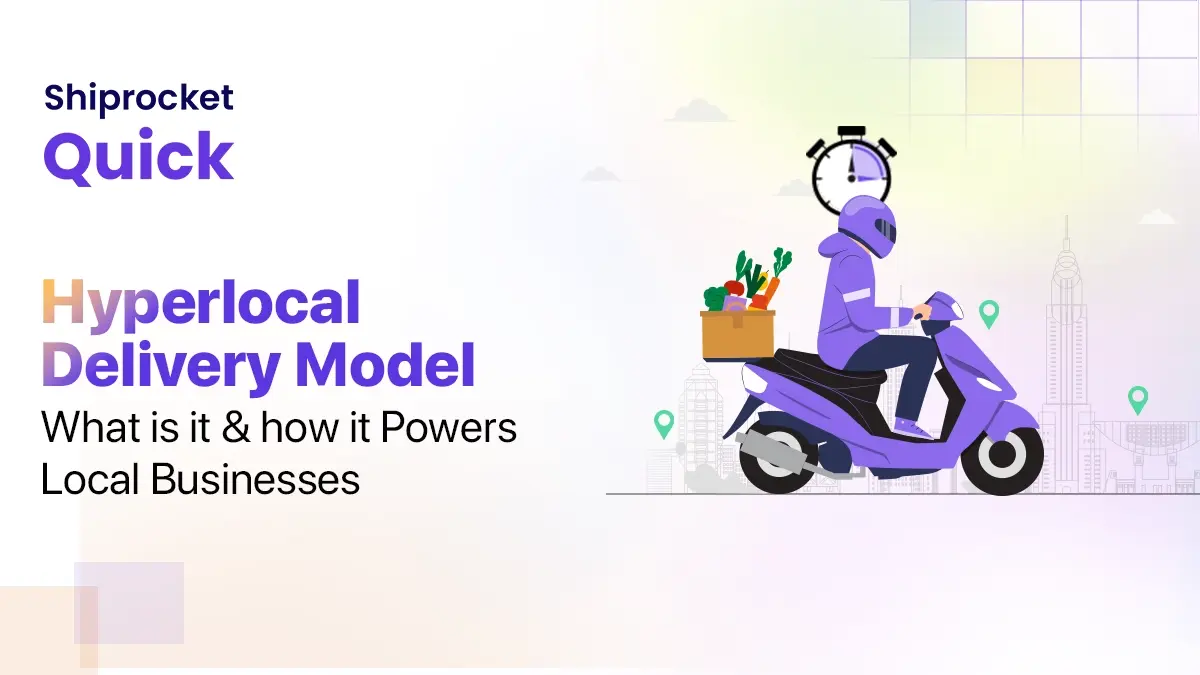The Ultimate Handbook To Direct Selling: Types, Methods, And Techniques
Do you wish to start your business with less overhead costs? Direct selling might just be the best business idea for you. Since you’ll be selling your products directly to the consumers, it will eliminate the requirement for intermediaries like fixed retail stores.
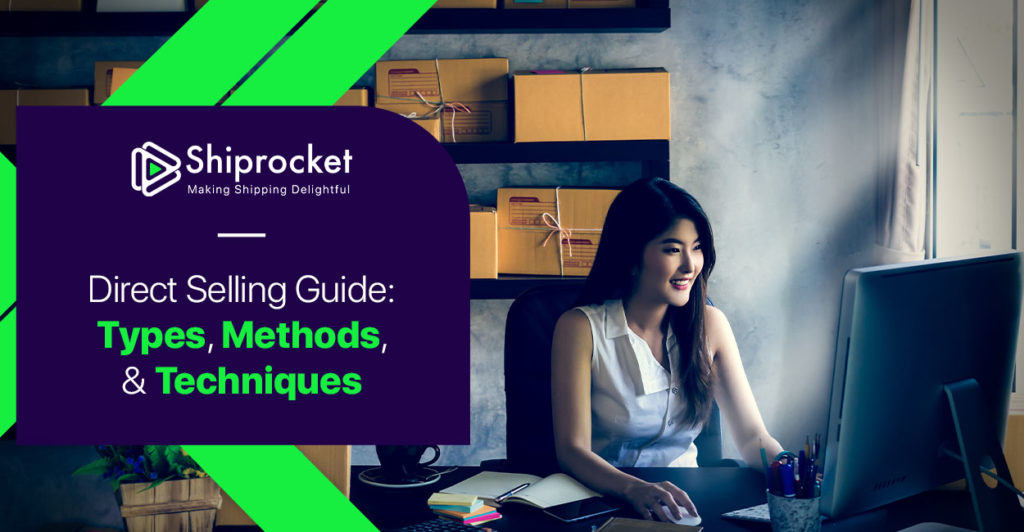
An independent salesperson or sales representative sells the products in a direct selling model. It requires significant capital investment but has a low overhead cost.
Additionally, this model offers several benefits, and different techniques let you use it to meet your needs effectively. Let’s dive into the details.
What Is Direct Selling?
Direct selling is a business model where sellers directly connect with customers, skipping intermediaries. It’s also known as Multi-Level-Marketing.
Unlike traditional retail stores where the sellers depend on a physical store or sell their products online, direct selling relies totally on the salesperson. It allows you to avoid the intermediaries in the supply chain and sell your products directly to end consumers.
The products sold through the direct sales model don’t go to typical retail locations. So, to buy them, the consumer has to find a distributor. They go from the manufacturer to the sales company to the distributor and finally to the consumer.
Direct Sales Vs Indirect Sales
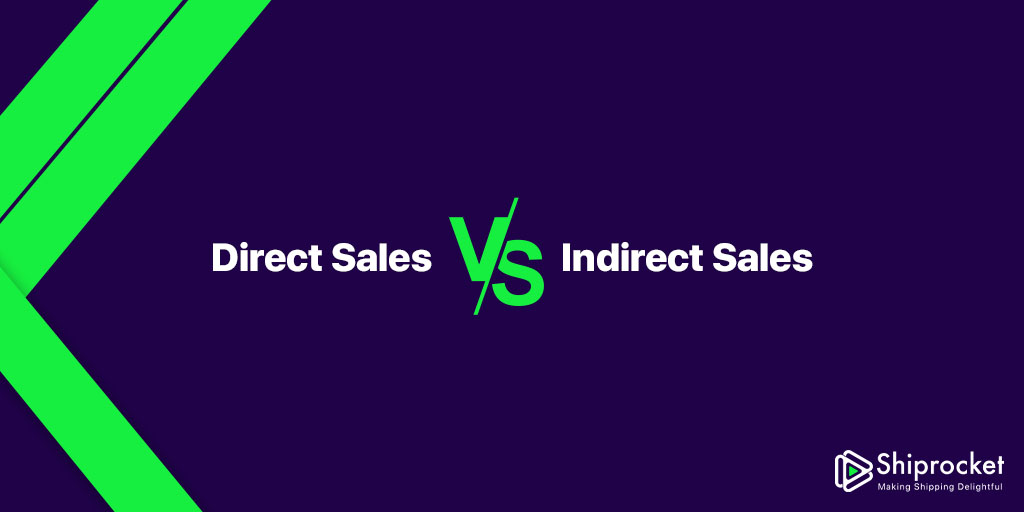
Types of Direct Sales
People often mix up these two types of direct selling:
Single-Level Sales
In single-level sales, a salesperson is responsible for trading products, and he earns a commission for it.
Multi-Level Sales
In multi-level sales, the representative not only sells the products or services but also recruits new salespersons for the company. The representative gets a commission for both – the deals he has made and the sales made by the salespersons he recruited.
Methods of Direct Selling
Different businesses follow different approaches to carrying out communication with their potential customers:
- One-to-One Sales
- Online Sales
- Party-Plan Sales
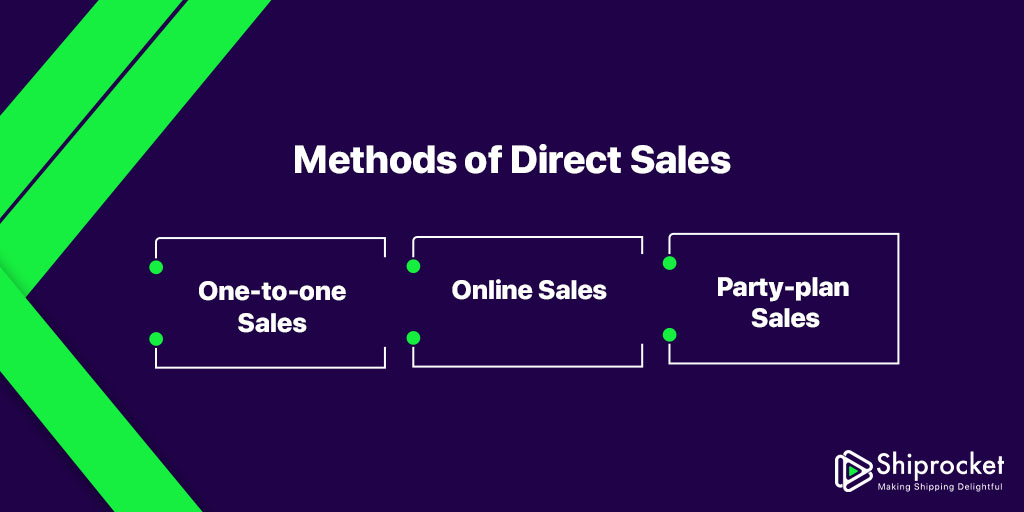
One-to-One Sales
This method includes face-to-face communication between the seller and the customer. A salesperson either meets with clients individually or goes door-to-door to sell products directly to the potential customers.
Online Sales
You must be familiar with online sales, wherein manufacturers sell their products and services from their websites and social media accounts. Both single-level and multi-level sales companies love this method.
Party-Plan Sales
When a seller or salesperson gathers a group of potential customers in a meeting and presents their products to them, it is termed party-plan sales. These meetings either can happen like a party or can be a little on the formal side. The invitees enjoy the relaxed and easy-going nature of the gatherings and become more inclined to purchase a product.
How To Promote a Direct Selling Business Online?
In 2023, the number of internet users worldwide stood at 5.18 billion, which means that around two thirds of the global population is currently connected to the world wide web. This is significant enough for brands to start interacting with their users online.
You can also think of boosting your sales by applying the following digital marketing tools to your marketing strategy:
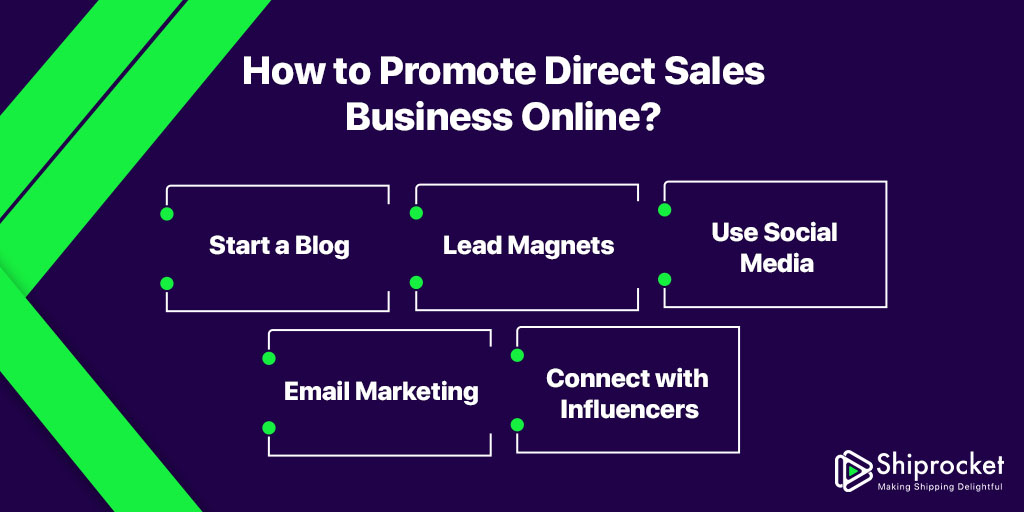
Start a Blog
Irrespective of the industry you are operating in, blogging is undoubtedly an effective way to promote your direct selling business online. Therefore, more than 55% of marketers’ social media marketing strategy revolves around blogging. By blogging, you can eventually attract readers, build a solid and trustworthy relationship with them, and turn them into your consumers. However, to achieve it, you need informative blogs that give your audience something new to learn. Don’t just post your business or product news; post useful and valuable articles.
Deploy a Lead Magnet
Once you have an active website and blog, use a lead magnet to offer something to your customers in exchange for their email addresses. This lead magnet could be anything – offering discounts, e-books, a gift with a purchase, additional services, and more. Once a user fills in the lead magnet form, you can send them emails promoting your products and services. But here’s the catch. Don’t overdo the promotion, or the consumer will eventually unsubscribe.
Leverage Social Media
Social media marketing is often beneficial in the direct selling industry. Through social media channels, you can communicate with your audience effortlessly.
Do you know? Almost half the world’s population spends around 2.5 hours on social media daily. You can leverage this opportunity to market your products, generate leads, and increase brand awareness. Most consumers these days search online about the products before making a purchase.
You can also build a strong community around your brand on social media. Maintain and keep your Instagram and other social media profiles up-to-date. Offer free online consultations to clients to build a relationship with them and engage them with your brand.
Use Email Marketing
One of the most powerful social media marketing tools, email marketing, can help you send special offers to your target customers and build lasting relationships with them.
Most people like getting promotional messages. It keeps them updated about the brand and ongoing offers. You can send them promotional messages or a collection of your best products and seasonal offers.
Connect with Influencers
Another good way to boost your business is by teaming up with social media influencers and bloggers. 89% of marketers have claimed that influencer marketing offers them a better return on investment (ROI) than any other marketing channel.
Use WhatsApp Business
WhatsApp is no longer just a messaging app—it’s a powerful platform to promote and run a direct selling business. With the free WhatsApp Business app, you can create a business profile, showcase your catalog, set automated replies, and manage customer chats professionally. For businesses ready to scale, the WhatsApp Business Cloud API provides advanced tools like CRM integration, bulk notifications, and automated customer service. Whether you’re sharing product updates, taking orders, or sending out offers, WhatsApp helps you stay directly connected with your customers on a platform they already trust and use daily.
Techniques of Direct Selling
Since direct selling involves immediate contact between the salesperson and the customer, it requires certain tricks. The idea here is to convince the customer to buy the product. Let’s understand how to do it successfully:
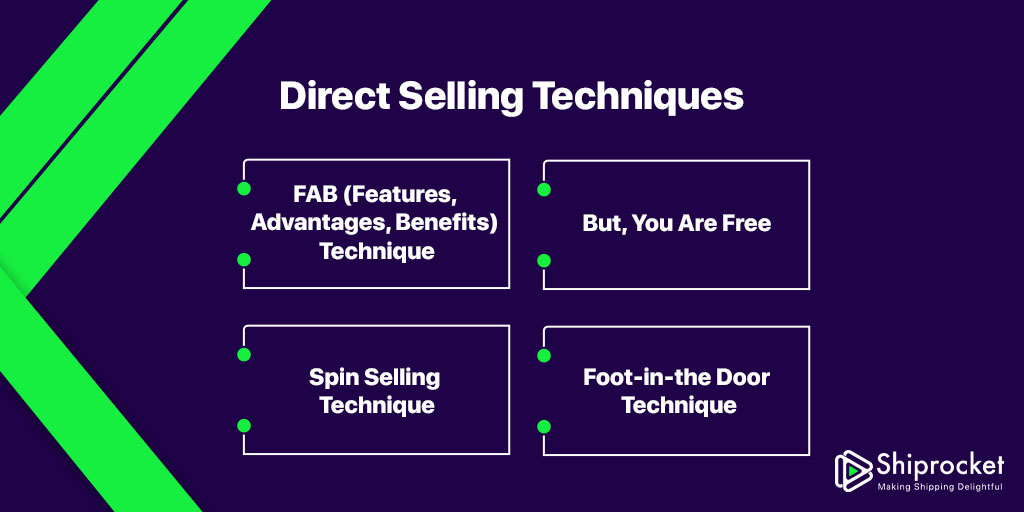
FAB (Features, Advantages, Benefits) Technique
The FAB (Features, Advantages, Benefits) Technique is a powerful approach widely used in website landing pages, marketing, and promotional content. Simply put, it involves frequently communicating the key features and benefits of a product to customers. This helps emphasise the value the product adds to their lifestyle, making everything about the product clear and boosting their interest.
But You Are Free Technique
If you’re thinking about continually pushing your customers to close the deals, think again. They may feel pressured to make a purchase and turn negative on the product. To alleviate the pressure, let them know they are free to decide whether or not to buy the product.
SPIN Selling Technique
The SPIN Selling Technique involves encouraging your customers to share more about their situations or problems. Ask questions about their Situation or Problem (S or P), understand the Impact of the problem in their life (I), and explore the Need for a solution (N). Once you navigate through these stages with your prospects, you can present your product as the solution to their specific problem.
Foot-in-the Door Technique
This technique is perfect for increasing sales by making small requests initially, followed by bigger ones. This technique offers low prices at first and then charges an extra amount. For example, you are a tutor and provide tuition to school or college students. You may begin with cheaper tuition fees in the first couple of months and then negotiate with the students to increase the charges.
Favour Upfront Technique
The Favour Upfront Technique taps into the human inclination to reciprocate for favours. By offering something in advance, such as a discount or a free trial period, you leverage this tendency. This goodwill gesture positively influences customers, encouraging them to return and make a purchase.
Importantly, these strategies work for both direct and indirect selling, and the choice depends on which technique aligns with your business goals.

